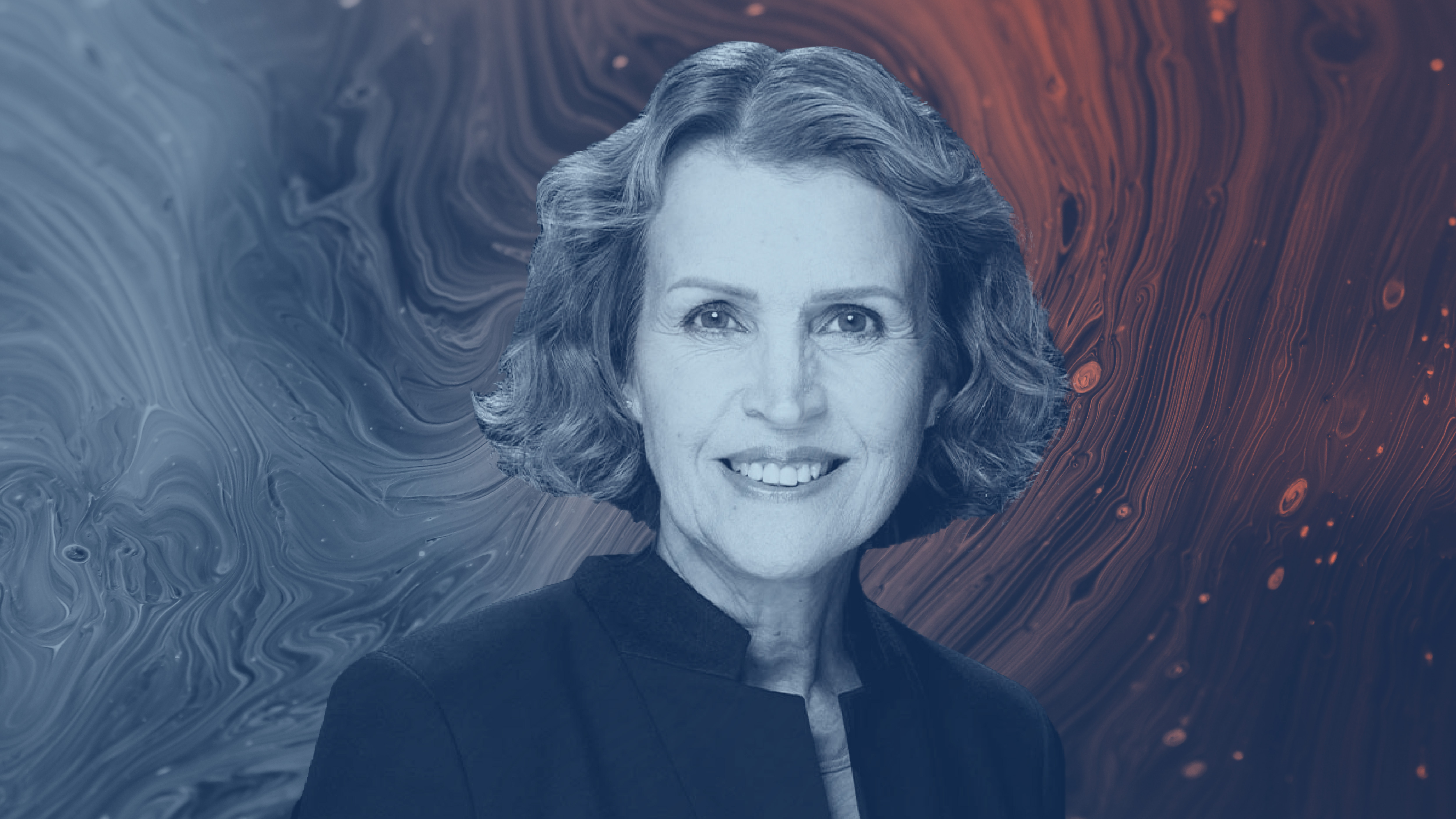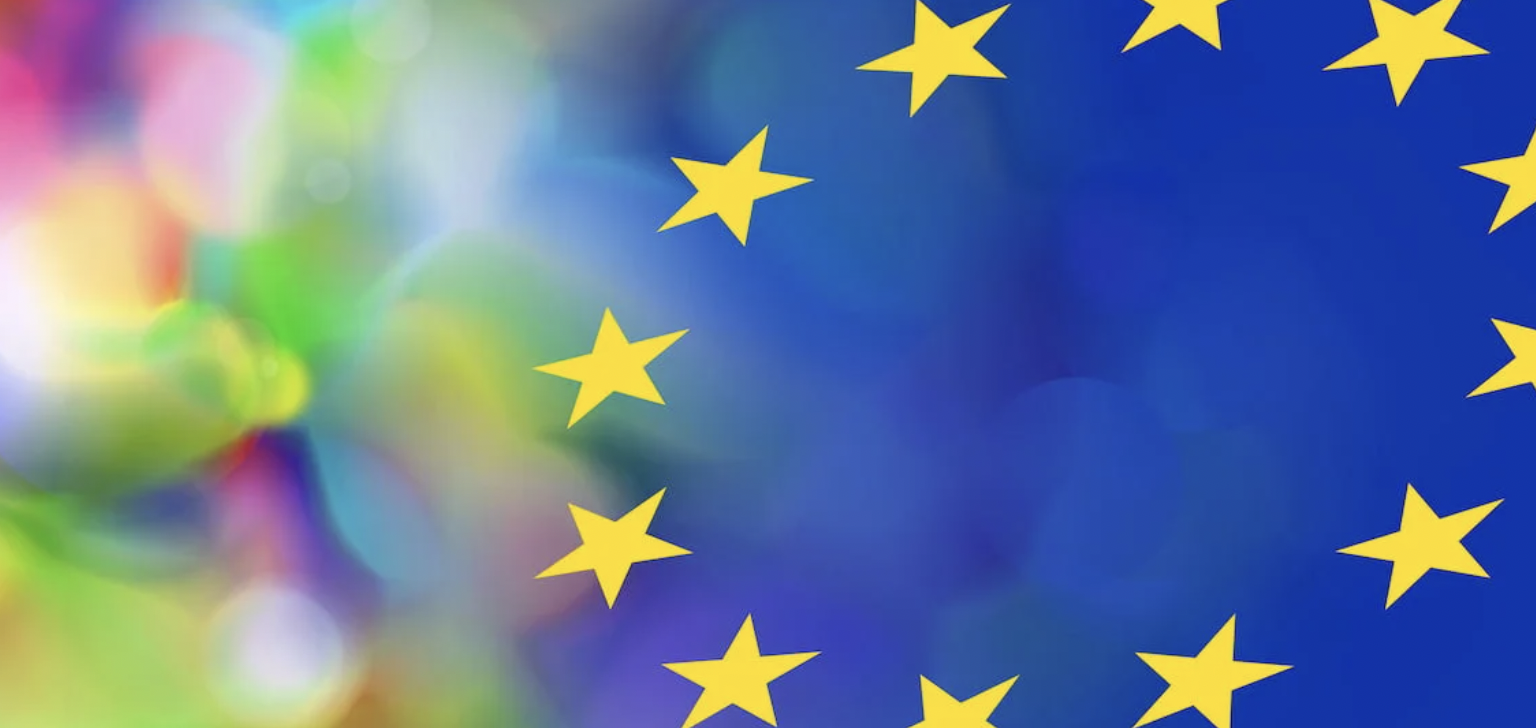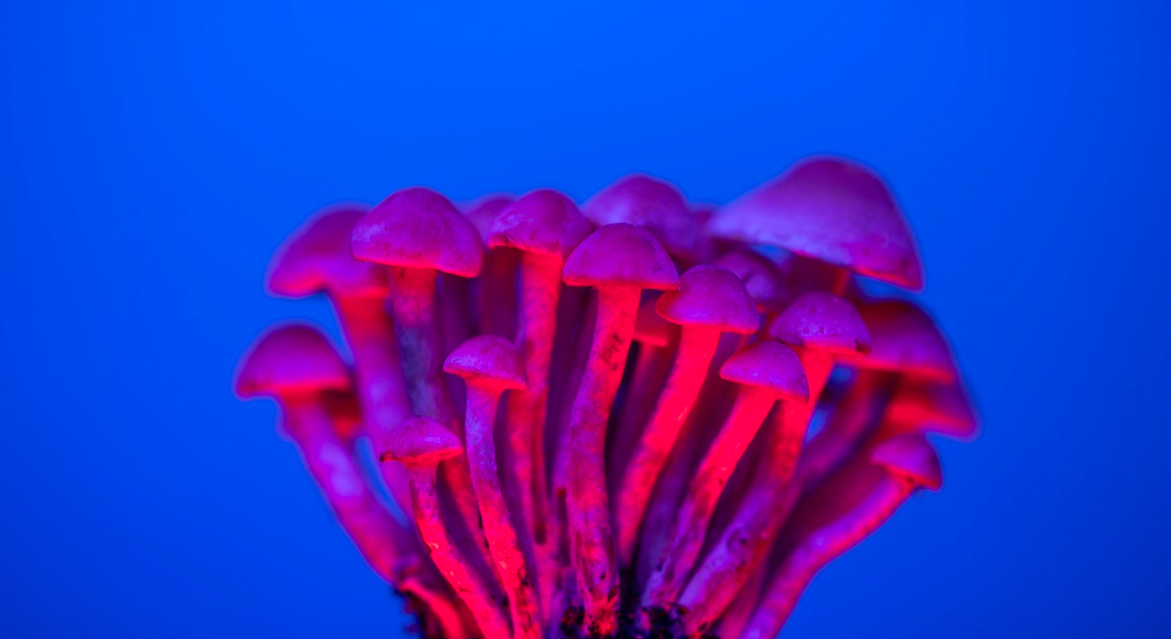
Ceruvia Lifesciences focuses on the discovery, development, and delivery of psychedelic medicines to address hard-to-treat disorders such as headache disorders, OCD and substance abuse disorder.
Founded in 2017 by philanthropist Carey Turnbull, Ceruvia Lifesciences was the world’s first producer of cGMP certified LSD and non-hallucinogenic analogue BOL-148, the former of which it now provides to researchers for free.
Dr Judy Ashworth, acting Chief Medical Officer at Ceruvia Life Sciences, spoke with PSYCH on the company’s creation, its academic research and upcoming clinical trials.
‘About a decade ago when Carey first saw the results of the cluster headache study with BOL-148 coming out of Harvard, that really piqued his interest,’ explained Ashworth.
‘Although he had no background in pharmaceutical drug development, as a philanthropist he saw the potential in these medicines and got involved, funding research, supporting the establishment of dedicated research centers and in some cases licensing the IP.
‘He donated money for institutions to conduct clinical trials and the licensing agreements from these collaborations laid the foundations for the creation of Ceruvia, previously CH-TAC.
‘Carey recently put together a group of donors that provided US1m to Yale, Harvard and NYU to develop a a training program for psychedelic psychiatry, so he is going beyond the company to improve the entire field, looking to the future of patient-accessibility.’
Access to therapists and particularly therapists trained with psychedelic medicines is often cited as one of the obstacles to widespread adoption.
Regarding the challenge ahead, Ashworth remained hopeful of a practical solution.
‘You have to take a step back and think about other speciality care situations. How do people get chemotherapy or stem cell therapy? They don’t typically do that at home, so we need to look and learn from analogous situations.
‘When they started they were also new, without the required infrastructure, but that was built up over time and integrated into existing healthcare systems.‘Even with some of the current migraine treatments, patients go into the clinic for the first injection so that they can be observed.’
BOL-148
Ceruvia is studying a non-hallucinogenic analogue of LSD to treat migraine headaches. PSYCH was interested to learn how close proprietary compound BOL-148 was molecularly to the psychedelic medicine.
‘BOL-148 is only one atom different from LSD, but clinical trials dating back to the 1950s have shown it to be non-hallucinogenic.
‘We are currently looking at BOL-148’s applications in neurology, specifically in migraine headaches and cluster headaches. In non-clinical models we are also looking at its potential in substance use disorders, which bridges over to psychiatry.
‘The big question is how relevant are the hallucinogenic properties of psychedelics to their therapeutic value, is there a need to have them?
‘There is a camp of researchers who believe the hallucinogenic component is key to the therapeutic effect. Others feel change comes from neuroplasticity and what is happening mechanistically within the brain.
‘I think that the truth may be somewhere in between, dependent on indication, drug and dose given.’
On the subject of pharmacodynamics, PSYCH asked Ashworth to outline how BOL-148 treats headache disorders.
‘If you look at how tryptamines work mechanistically, they act on the same receptors associated with migraines and modulate key pain pathways.
‘In 2010, Harvard published studies with BOL-148 in the treatment of cluster headaches. Patients were given three doses of BOL-148 over ten days and saw reductions from 40 cluster headache attacks a week to under five of these attacks.
‘This is significant and this is without psychotherapy. The treatment is acting mechanistically to get to the underlying cause of migraine and cluster headaches.’
Without the need for in-clinic monitoring following dosing, neurotransformational medicines could be prescribed for use at home.
This would enhance patient accessibility and adoption. PSYCH put this to Ceruvia’s Chief Medical Officer.
‘Exactly!’ Exclaimed Ashworth. ‘This is particularly true of BOL-148, which is completely non-hallucinogenic.
‘BOL-148 could be used like any other normal prescription drug, just go to the pharmacy and pick it up.
‘With psilocybin one might still be able to take lower doses at home, but there would need to be mechanisms in place to ensure that a patient could not accidentally or purposefully take more than prescribed. Otherwise, a patient may have a psychedelic effect without being in a safe setting, or drugs could be a risk of diversion.’
Migraine headaches can be debilitating, with a huge patient population worldwide. PSYCH enquired about the efficacy of current treatments for migraine and cluster headaches.
‘For cluster headaches there is practically nothing out there, except for one of the newer molecules from a category called CGRP antagonists,’ commented Ashworth.
‘One of these monoclonal antibodies, which targets a particular pathway, has been approved for episodic cluster headaches – but that is the only one.
‘CGRP antagonists have entered the market in the past four years, and those patients who do respond tend to respond well. However, when you look at outcomes, on average they only reduce migraine days by roughly two a month and around 30% to 50% of patients have an inadequate or no response.
With innovation in the treatment of migraines moving in different directions, PSYCH questioned Ashworth about the chance of adverse drug interactions.
‘The beauty of psychedelic medicines and close analogues, like BOL-148, is that they are usually given in a pulse manner with rapid onset and offset.
‘In the case of psilocybin, three single doses could be separated on different days to avoid interaction with another drug, like CGRP antagonists.
‘This is the same with other medications patients may be on, whether for hypertension or diabetes etc. When you’re not taking a drug every day, it lessens concerns around adverse interactions.
‘Oral CGRP antagonists do need to be taken everyday and although anti-CGRP monoclonal antibodies are only injected once a month, antibodies are present within the body for the whole month. This isn’t the case for psilocybin or BOL-148.
Psilocybin and BOL-148 have both shown efficacy in the treatment of psychiatric and neurological disorders. Ashworth shared an update on the company’s ongoing clinical trials.
‘We think we know the therapeutic range of BOL-148 from the Harvard study, but with any molecule that gets into the brain, the FDA mandates that you explore up to three times that – to assess safety and the drug’s abuse potential.
‘So with BOL-148 we have to conduct an ascending dose Phase I trial, which we’ll be starting next quarter. We plan to share top line data from the study in the first quarter of next year, and then we’ll move straight onto Phase II.
‘We have three programs with psilocybin in Phase II, for Prevention of Migraine headaches, Alcohol Use Disorder and Obsessive Compulsive Disorder. The INDs will be submitted this year, with trials expected to start soon after.‘
‘By going through regulatory approval we know the quality of the product, that it is safe and that it has the best chance of providing the best outcomes. That requires jumping through all these regulatory hoops, it’s just part of the process.’
For 200+ pages of insights and data from the psychedelic healthcare industry, download The Psychedelics as Medicine Report: Third Edition.
The complimentary publication provides proprietary market intelligence, empowering investors, operators and regulators to make informed decisions. Download your copy today: psych.global/report


